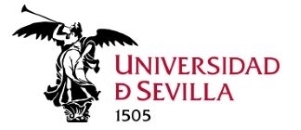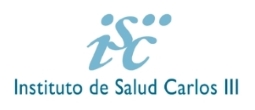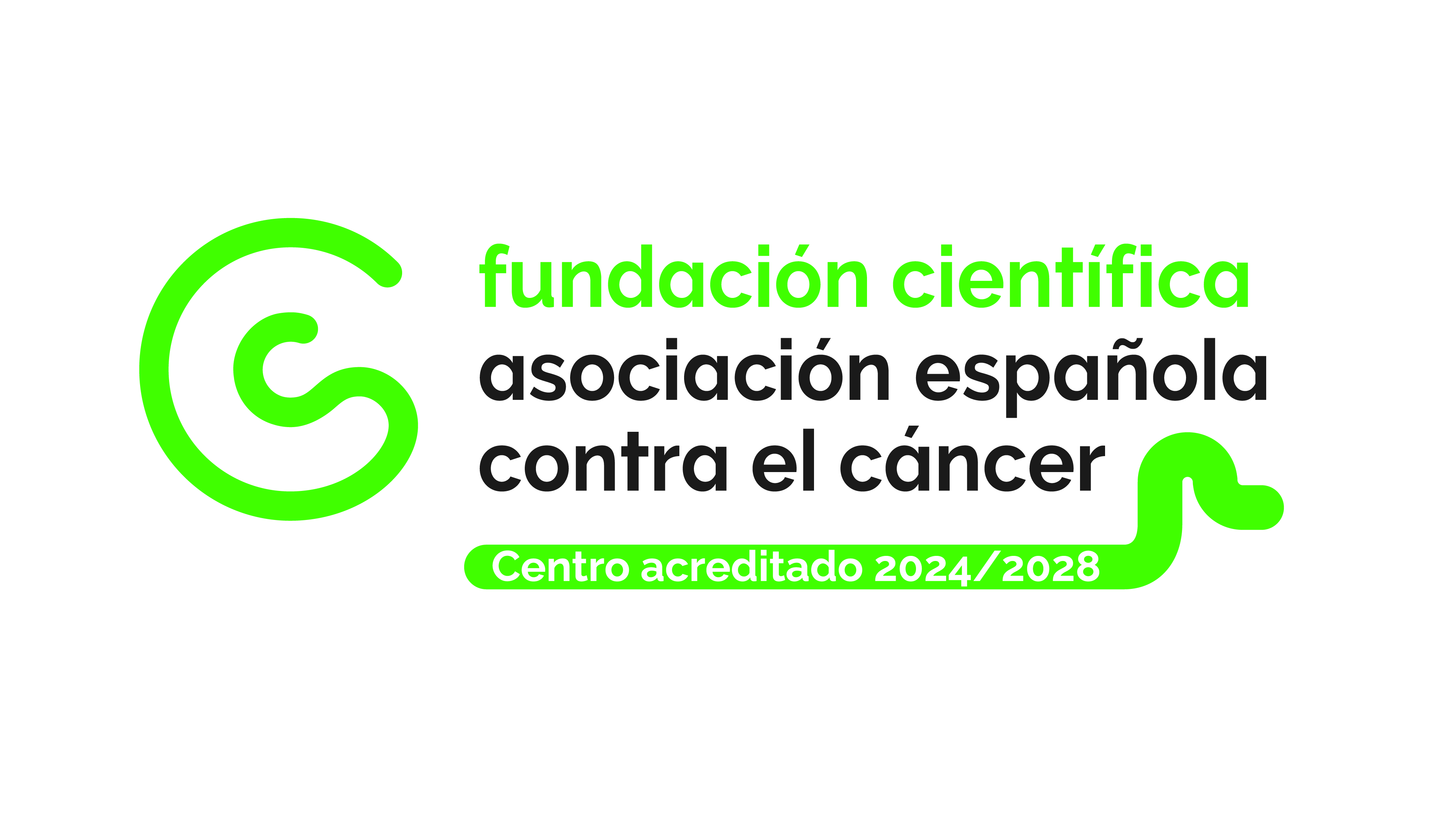Título del proyecto: Mechanisms of chromatin and gene regulation by master transcription factors (MasterChrom). PID2023-147172NA-I00
Organismo financiador: Proyectos de Generación de Conocimiento 2023. Ministerio de Ciencia e Innovación.
Resumen: “Master transcription factors” are responsible for lineage specification and cell fate decisions, sometimes playing distinct roles as activators or repressors in different contexts. In this project, we use the transcription factor p63 as a model to address the molecular mechanisms by which these master regulators control gene expression and chromatin structure during development.
IP: José María Santos Pereira.
Otro personal adscrito al proyecto: Blanca de Lepe López, Daniel Vizcaíno Rodríguez
-------
Título del proyecto: Regulatory R loops and chromatin 3D structure (3D-Rloops). CNS2023-143945.
Organismo financiador: Ayudas para incentivar la Consolidación Investigadora 2023. Ministerio de Ciencia e Innovación.
Resumen: Recent evidence suggests that certain non-coding RNAs synthesized in regulatory elements play roles in gene regulation. These molecules often form 'R loops', structures composed of a DNA-RNA hybrid and the displaced single-stranded DNA. The traditional view of R loops as transcription by-products causing genomic instability contrasts with recent findings reporting physiological roles related to chromatin regulation and structure.
IP: José María Santos Pereira.
Otro personal adscrito al proyecto: Blanca de Lepe López, Daniel Vizcaíno Rodríguez.
---------------
Título del proyecto: 3D chromatin structure and gene regulation during vertebrate development. EMC21_00188.
Organismo financiador: EMERGIA Program Grant 2021. Junta de Andalucía.
Resumen: The goal of this research line is to elucidate the relationship between 3D genome organization and gene regulation during the cell fate decisions that occur in embryonic development. We are interested in the role of architectural proteins as CTCF and their connection with the dynamics of interactions between enhancers and promoters. Using zebrafish as a model system, we combine cutting-edge chromosome conformation capture, transcriptomics, and epigenomics techniques (ChIP-seq, ATAC-seq, RNA-seq, HiC, HiChIP, UMI-4C) with single-cell technologies and functional studies using CRISPR-Cas systems, to understand these processes in an in vivo context and their implications for human disease.
IP: José María Santos Pereira.















